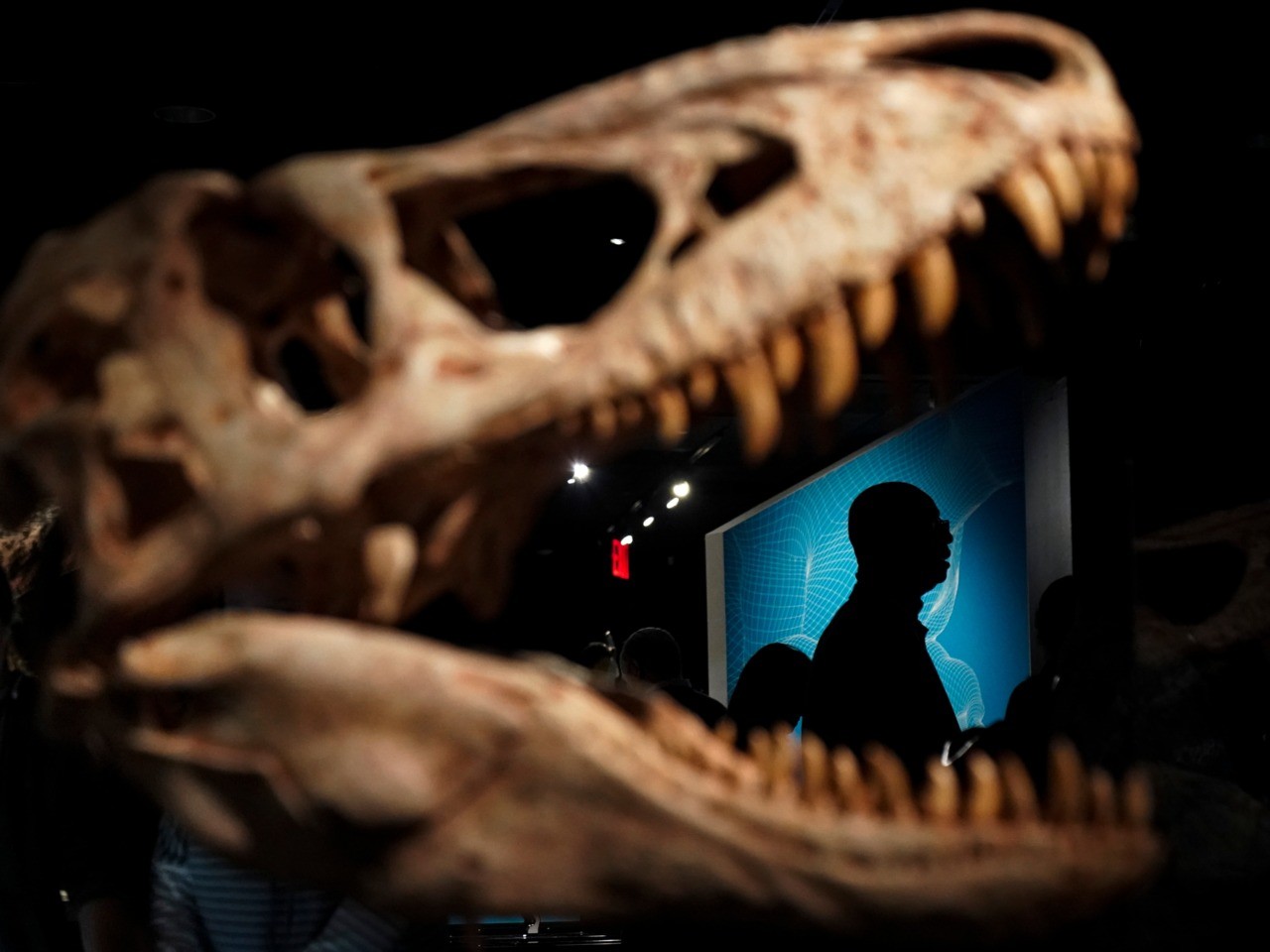Researchers have accused the world’s leading Natural History Museums – in New York, Washington DC, Chicago, Paris and London – of sexist bias.
They discovered this after counting the number of male specimens in the collection and discovering that they outnumber female ones.
Male birds outnumber female birds by 60 per cent to 40 per cent and mammals are 52 per cent male and 48 per cent female.
Although the researchers acknowledge the fairly obvious reason for this – collectors are attracted to “species with showy male traits like colourful plumage and horns” and thus tend to overlook the generally smaller, drabber female ones – they insist that this is an imbalance that needs correcting.
They claim:
If collections are biased towards one sex, studies may not be representative of the species.
According to the study’s lead dead-animal-counter, quoted in the Manchester Evening News, this ‘bias’ needs ‘improvement.’
Dr Natalie Cooper, of the Natural History Museum, in London, who authored the report, said: “There is a tendency for the people collecting to want to get the largest grizzly bear or the animal with the most impressive horns.”
The animals were all collected between 1751 and 2018, but things didn’t improve over time.
Dr Cooper added: “Interestingly, we see no improvement. Even recent collections are biased.”
The results of this landmark dead-animal-counting exercise are published in the journal Proceedings of the Royal Society B.
Here is the abstract:
Natural history specimens are widely used across ecology, evolutionary biology and conservation. Although biological sex may influence all of these areas, it is often overlooked in large-scale studies using museum specimens. If collections are biased towards one sex, studies may not be representative of the species. Here, we investigate sex ratios in over two million bird and mammal specimen records from five large international museums. We found a slight bias towards males in birds (40% females) and mammals (48% females), but this varied among orders. The proportion of female specimens has not significantly changed in 130 years, but has decreased in species with showy male traits like colourful plumage and horns. Body size had little effect. Male bias was strongest in name-bearing types; only 27% of bird and 39% of mammal types were female. These results imply that previous studies may be impacted by undetected male bias, and vigilance is required when using specimen data, collecting new specimens and designating types.
Although the study has generated much excitement among feminist activists outraged by sexist bias, none of them appears to notice the upside of this very important exercise in dead-stuffed-animal counting:
If the majority of dead animals in Natural History Museums are male, that means fewer females were killed by collectors. Which has got to be a good thing, right?
